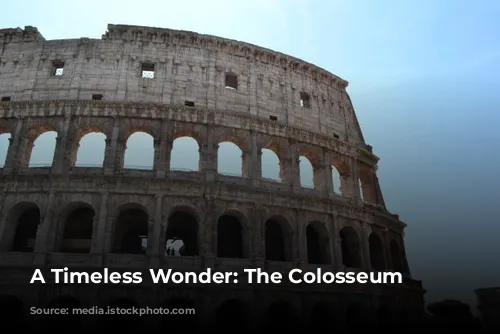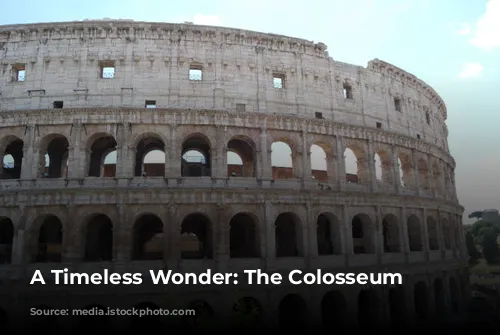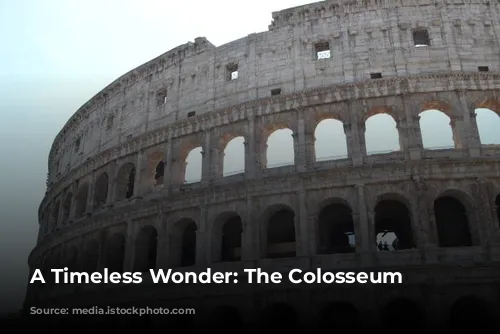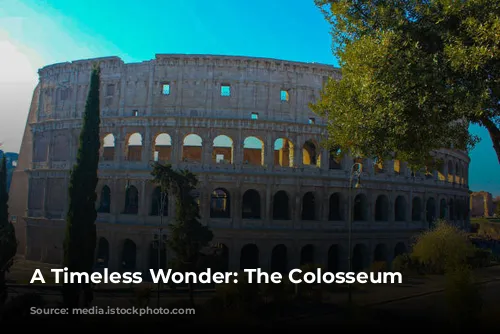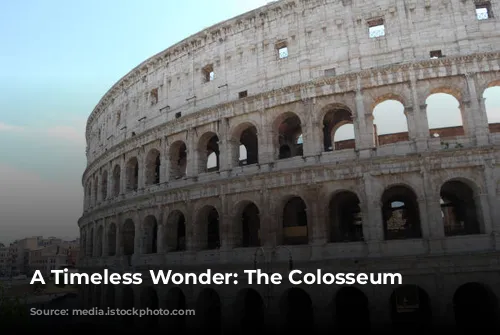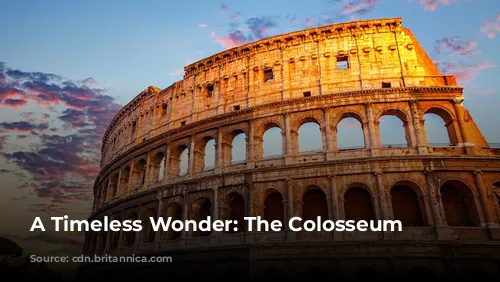The Colosseum, a magnificent monument to ancient Rome’s architectural and engineering prowess, stands tall as one of the few largely intact structures from the Roman Empire. Not only is it a symbol of history, but it also plays a vital role in the modern economy, generating significant tourism revenue for the Italian government. In 2018, the Colosseum, along with the Roman Forum and Palatine Hill, brought in over $63.3 million (€53.8 million), making it the most visited and lucrative tourist attraction in all of Italy.
From Arena to Fortress
The Colosseum has endured a long and turbulent history. After the fall of the Western Roman Empire, the magnificent structure fell into disrepair. During the 12th century, the Frangipane and Annibaldi families repurposed the arena as their fortress, a far cry from its original purpose. In the late 15th century, Pope Alexander VI granted permission for the Colosseum to be used as a quarry, further contributing to its decline. For over a thousand years, the Colosseum was neglected, its grandeur slowly fading. Fortunately, state-funded restoration efforts began in the 1990s, giving this iconic landmark a new lease on life.
A Spectacle for the Masses
The construction of the Colosseum, a project of imperial ambition, was undertaken during the tumultuous year of the four emperors in 69 CE. The emperor Vespasian, aiming to revive the city of Rome after the political chaos, envisioned the Colosseum as a grand entertainment venue. Like other amphitheaters, it was designed to host a variety of spectacles, including gladiator fights, animal hunts, and even mock naval battles, providing entertainment for the Roman masses.
From Emperors to Slaves
Construction on the Colosseum began under Emperor Vespasian between 70 and 72 CE. The finished structure was dedicated in 80 CE by Titus, Vespasian’s son and successor. The Colosseum’s fourth story was added by Emperor Domitian in 82 CE. Interestingly, the arena was financed with the spoils from Titus’s sack of Jerusalem in 70 CE, and built by enslaved Jews from Judea, a stark reminder of the brutal realities of the Roman Empire.
A Monument of Stone and Might
The Colosseum, also known as the Flavian Amphitheatre, is a massive elliptical structure built with stone, concrete, and tuff. This architectural marvel rises four stories high, measuring 620 by 513 feet (189 by 156 meters) and capable of holding up to 50,000 spectators. The Colosseum was renowned for its use in gladiatorial combat, showcasing the bravery and skill of the gladiators, as well as the barbarity of the games.
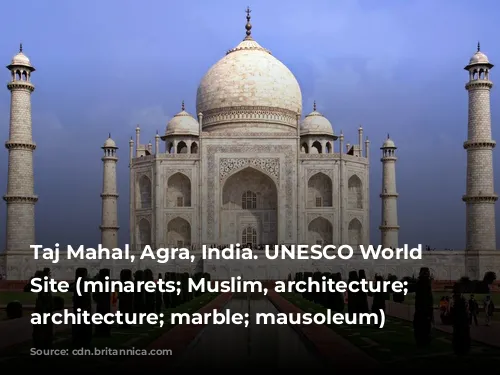
A Symbol of Power
The Colosseum’s location was chosen for both practical and symbolic reasons. Built just east of the Palatine Hill, on the grounds of Nero’s Golden House, it replaced the artificial lake that was the centerpiece of the palace complex. Vespasian, who ascended to the throne from relatively humble beginnings, chose to replace the tyrannical emperor’s private lake with a public amphitheater, a clear statement of his commitment to the people of Rome. The Colosseum, a symbol of public entertainment and imperial power, was dedicated in 80 CE by Titus in a grand ceremony featuring 100 days of games.
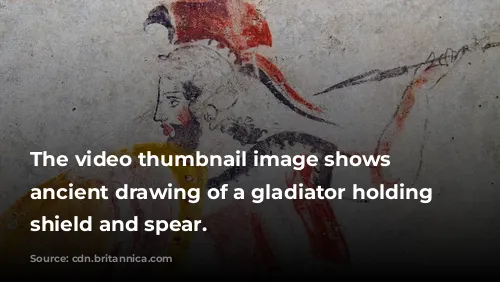
Architectural Masterpiece
The Colosseum, unlike earlier amphitheaters, is a freestanding structure, constructed entirely of stone and concrete. It features a complex system of barrel vaults and groin vaults, utilizing the principles of Roman engineering to create a monumental structure. The Colosseum’s three lower stories are encircled by arcades framed by engaged columns in the Doric, Ionic, and Corinthian orders, a design element that influenced Renaissance architecture. The main structure is made of travertine, while the secondary walls are constructed of volcanic tufa, and the inner bowl and arcade vaults are made of concrete.
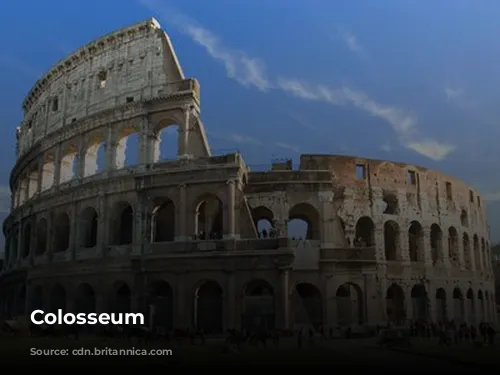
A Spectacle for the Ages
The Colosseum was designed to provide shelter and comfort for its vast audience. A massive retractable awning, known as a velarium, shielded spectators from the sun. The velarium was supported by masts extending from corbels built into the Colosseum’s top story. Hundreds of Roman sailors were required to manipulate the rigging to extend and retract the awning, demonstrating the complexity and manpower required to operate this ancient marvel. The Colosseum hosted a wide range of spectacles, including gladiatorial combat, animal hunts, and mock naval battles. While its connection to the martyrdom of early Christians remains uncertain, the Colosseum was a place of both entertainment and brutality, reflecting the Roman world in all its complexity.
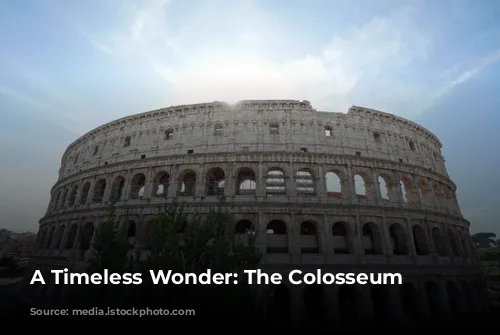
From Glory to Neglect
During the medieval period, the Colosseum was repurposed as a church, later serving as a fortress for the Frangipane and Annibaldi families. The Colosseum suffered damage from lightning strikes, earthquakes, and vandalism, its grandeur slowly fading over the centuries. The marble seats and decorative materials were stripped away, leaving the structure as a quarry for over a thousand years. In the 19th century, preservation efforts began, led by Pius VIII, and a major restoration project was undertaken in the 1990s.
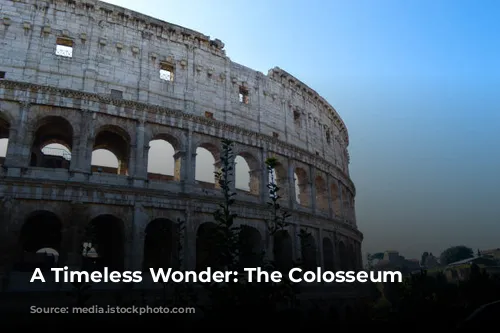
A Timeless Symbol
The Colosseum remains one of Rome’s most popular tourist attractions, drawing in millions of visitors each year. Today, the Colosseum stands as a testament to the enduring power of Roman architecture and a reminder of the city’s rich and complex history. It is a symbol of ancient Rome’s grandeur, a powerful reminder of the civilization that once ruled the world, and a source of wonder for generations to come.
